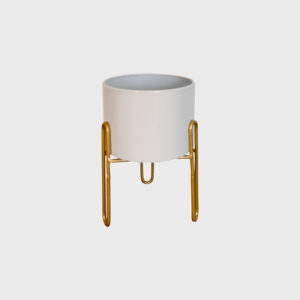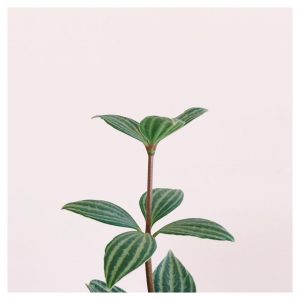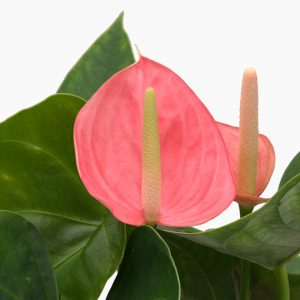
#Thejunglecollective!
Olive trees (Olea europaea) are not just iconic symbols of the Mediterranean region; they are also prized for their historical significance, culinary use, and health benefits. This comprehensive guide explores everything you need to know about olive trees, from their cultivation and harvesting to their cultural importance and the production of olive oil.
History and Cultural Significance
Ancient Origins
Originating in the Mediterranean basin, olive trees have been cultivated for thousands of years, dating back to ancient civilizations such as those in Ancient Greece and Rome. They are revered for their association with peace, wisdom, and prosperity, symbolized by the olive branch.
Symbolism
The olive branch, a universal symbol of peace and reconciliation, originates from the olive tree’s significance in mythology and historical events. It remains a powerful emblem in various cultures worldwide.
Growing and Cultivation
Climate and Soil Requirements
Olive trees thrive in Mediterranean climates, characterized by hot, dry summers and mild, rainy winters. They prefer well-drained, alkaline soil and can tolerate drought conditions once established.
Mediterranean Climate: Ideal for olive cultivation due to its similarity to the tree’s native habitat, ensuring optimal growth and fruit production.
Soil Preparation: Amend soil with organic matter and ensure good drainage to support healthy root development and prevent waterlogging.
Planting and Maintenance
Spacing: Plant olive trees at least 6-8 meters apart to allow for their wide-spreading canopy and to facilitate air circulation.
Pruning: Regular pruning helps maintain tree health, shape, and promotes fruit-bearing wood. Prune in late winter to early spring before new growth begins.
Fertilization: Olive trees have modest nutrient requirements; avoid excessive nitrogen fertilizers that can promote vegetative growth at the expense of fruit production.
Harvesting and Olive Oil Production
Olive Fruit Development
Olive trees typically start producing fruit after about 3-5 years, with peak production reached at 8-12 years. The fruit, initially green and turning black upon ripening, contains a single seed or pit.
Harvesting Techniques
Hand Harvesting: Commonly practiced for higher-quality olives, especially for premium olive oil production.
Mechanical Harvesting: Increasingly used for larger-scale operations, especially in regions where terrain and olive varieties allow for mechanical shaking or picking.
Olive Oil Extraction
Pressing: Olives are crushed to extract their oil, which is separated from water and solids through centrifugation.
Types of Olive Oil: Includes extra virgin, virgin, and regular olive oil, distinguished by their extraction processes and quality standards.
Health Benefits and Culinary Uses
Nutritional Value
Olive oil is renowned for its heart-healthy monounsaturated fats, antioxidants, and anti-inflammatory properties. Regular consumption is linked to reduced risk of cardiovascular disease and other health benefits.
Culinary Versatility
Cooking: Used in Mediterranean cuisine for sautéing, dressing salads, and enhancing flavors in various dishes.
Preservation: Whole olives are brined or cured to enhance their flavor and preserve them for culinary use.
Conservation and Cultural Heritage
Ancient Olive Groves
Cultural Heritage: Authorities safeguard ancient olive groves, where centuries-old trees reside, due to their historical importance and biodiversity value.
Conservation Efforts: Focus on preserving these groves and promoting sustainable practices to maintain olive tree ecosystems.
Olive trees not only provide nutritious fruit and prized olive oil but also carry centuries of cultural heritage and symbolism. Whether you cultivate them for personal use, harvest olives, or enjoy their health benefits, understanding their growth needs and historical significance enhances the experience. Embracing their versatility in culinary traditions and their role in sustainable agriculture allows olive trees to thrive and inspire global admiration.
Delve into the realm of olive trees, tracing their ancient origins to contemporary cultivation techniques, and uncover how they enhance both landscapes and lives around the globe.
If you want more information about caring for indoor and outdoor plants, check out our shop for a wide selection of both plants and planters.






















